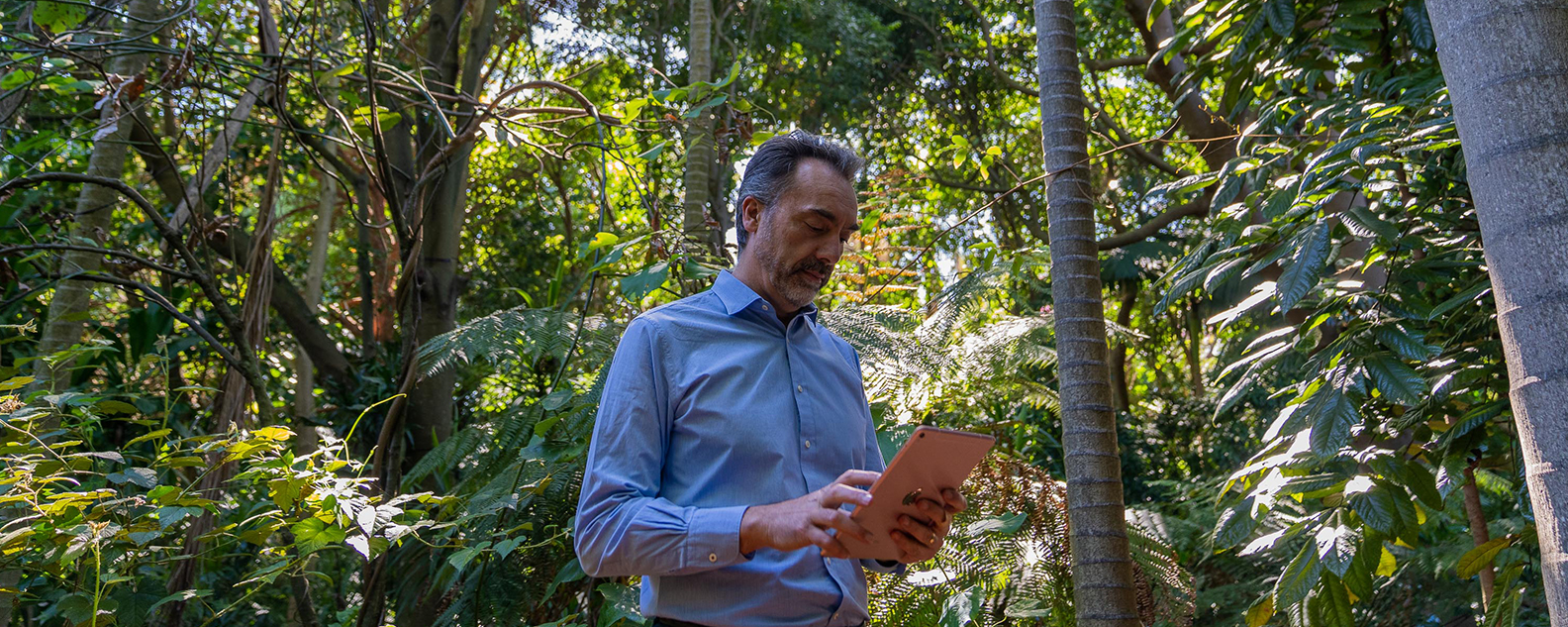The Research Centre for Ecosystem Resilience team undertakes research and collaborates across multiple areas including genomics, landscape and conservation genetics, ecological restoration, climate modelling, flora biogeography, evolution and microbiome diversity.
The knowledge obtained from our research is disseminated in a number of different ways including academic papers, reports, book chapters and blog posts.
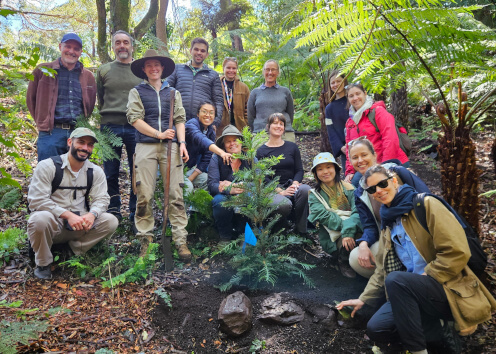
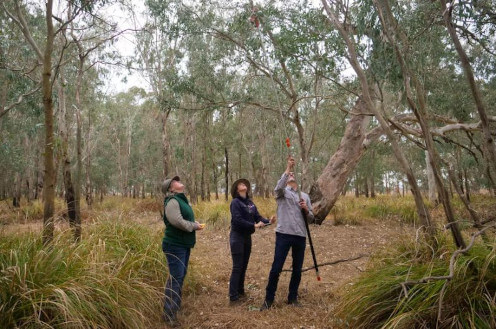
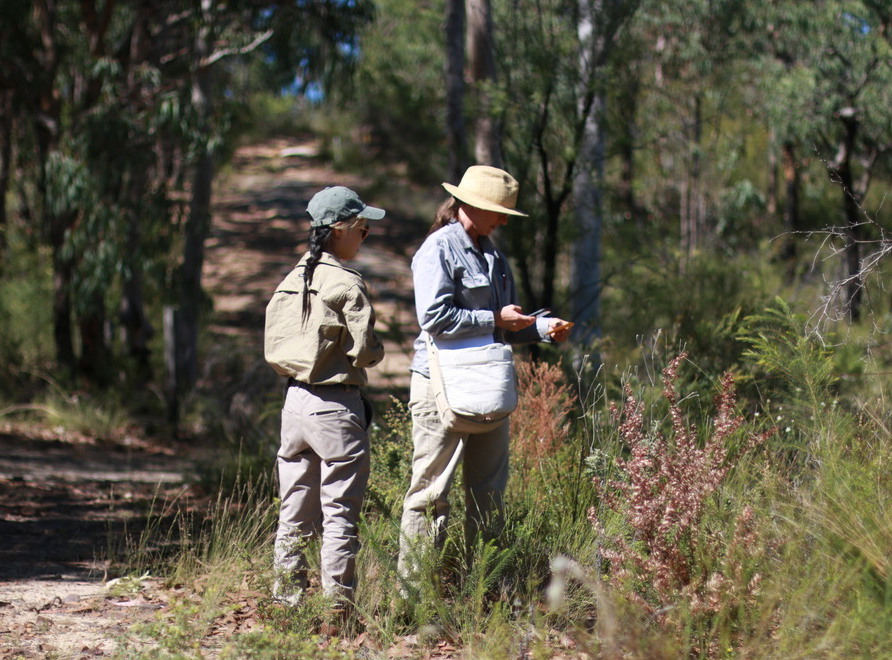
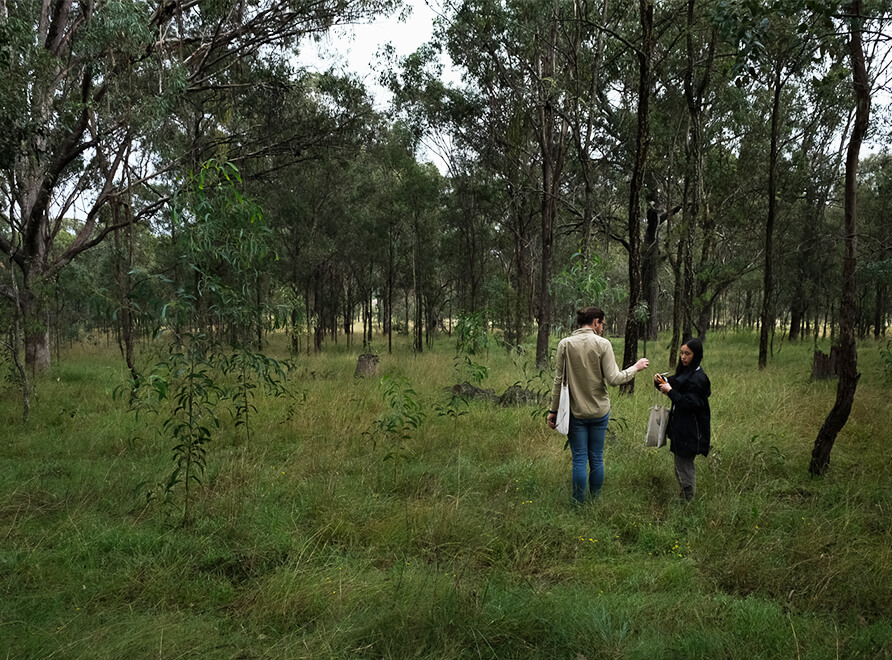
Download the 2020 - 2021 ReCER publications booklet (PDF, 2.5 MB) to read abstracts.
Recent stories from the Research Centre for Ecosystem Resilience
A new collaborative research project will help increase the availability of genetically diverse native seed.
Science advancements
Explore the DNA of tens of thousands of plants to ensure the survival of more than 120 Australian plant species.
Science advancements
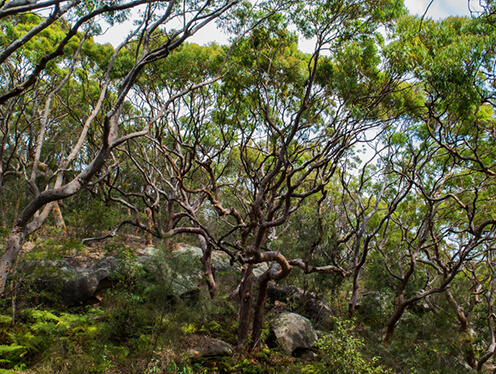
Discover the leaves of eucalyptus trees, and uncover how an iconic native species has evolved with climate.
Science advancements
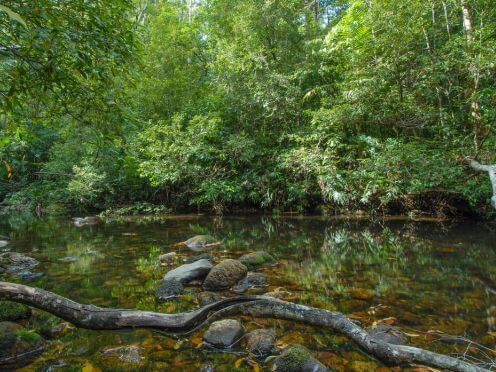
Find out ReCER's highlights from the recent Rainforest Connections 2024 conference.
Science advancements
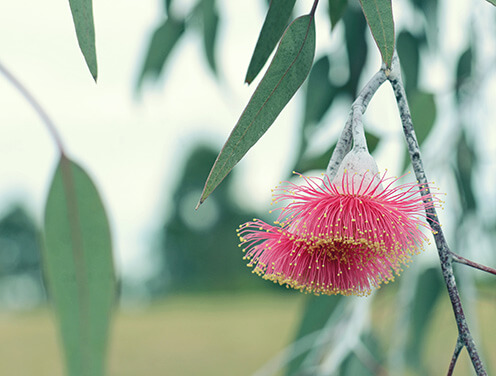
Discover the Restore and Renew webtool helps NSW restoration practitioners consider genetic information.
Science advancements
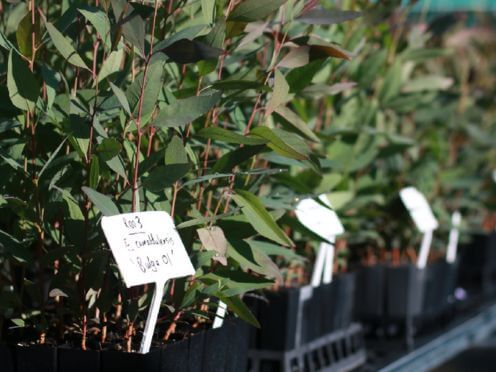
An Australian webtool designed to help practitioners consider genetic information and climate change.
Science advancements
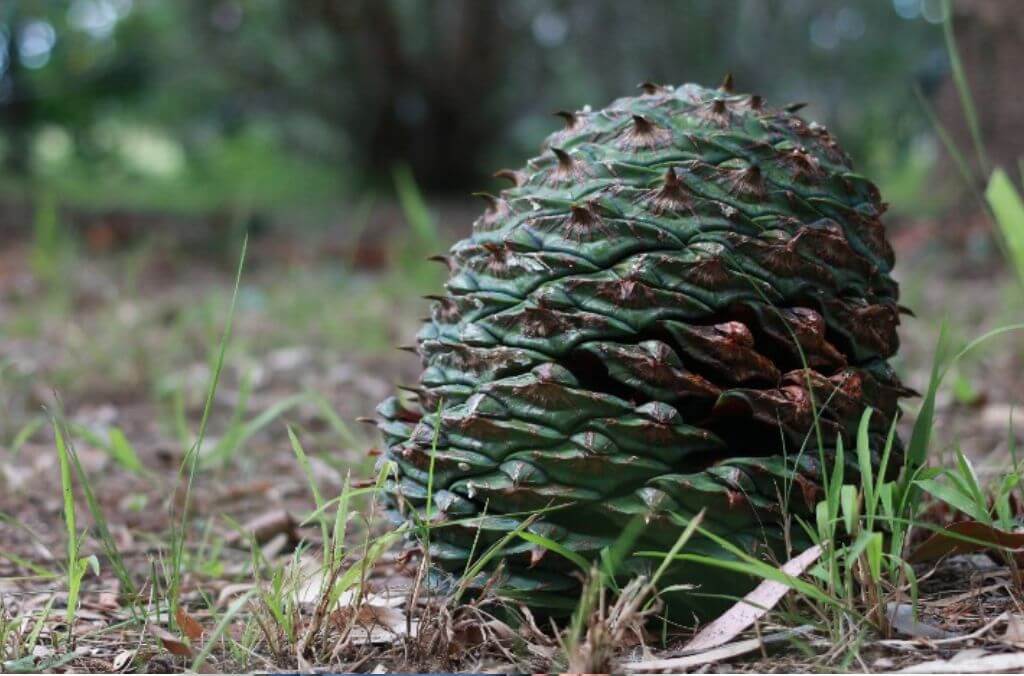
A collaborative cross-cultural research team have discovered that movement of the culturally significant Bunya Pine.
Science advancements
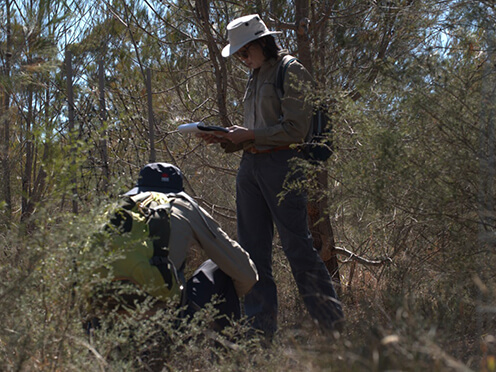
Learn how to conserve populations of Eucalyptus cryptica, geneticists identified least related plants.
Science advancements
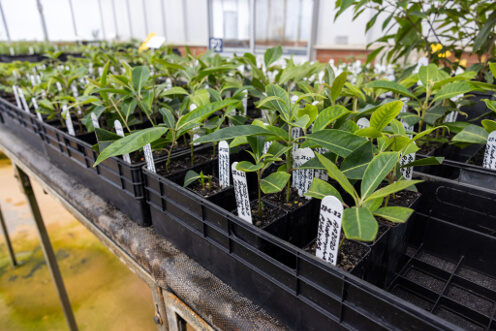
Myrtle rust is impacting at least 350 Australian plant species, with some on their way to becoming extinct.
Science advancements
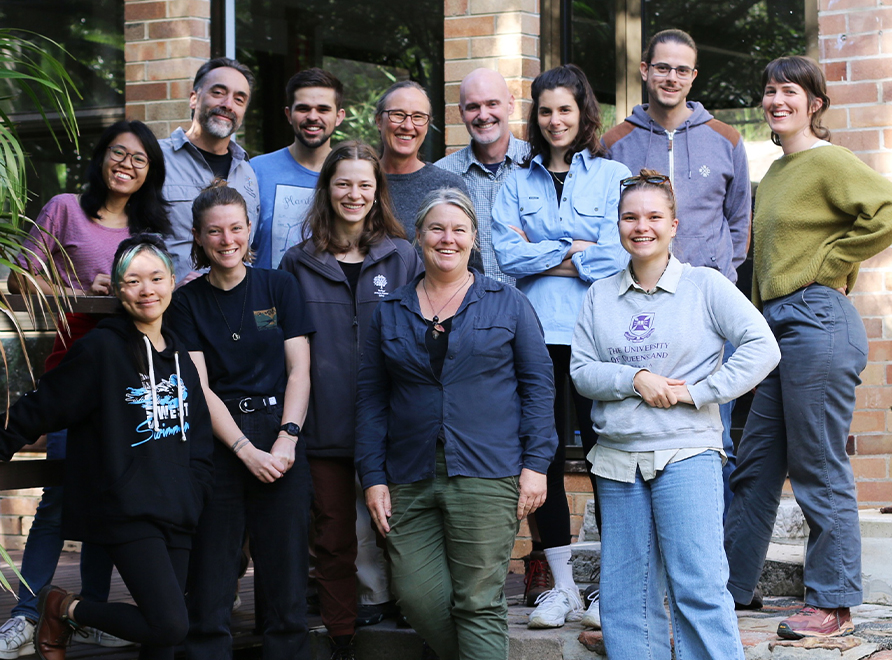
Discover how ReCER are helping to guide successful restoration and conservation projects.
Science advancements
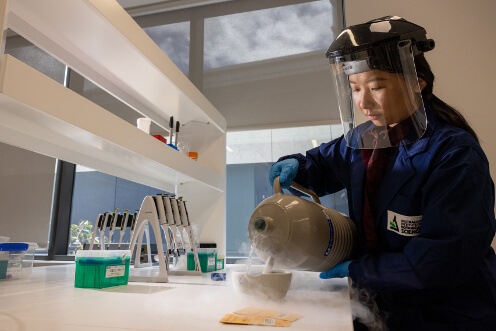
Recent research at the Botanic Gardens of Sydney has helped the recovery of more than 30 threatened plant species.
Science advancements
A new research projects is exploring how genomic information can guide the restoration of ecological communities.
Science advancements
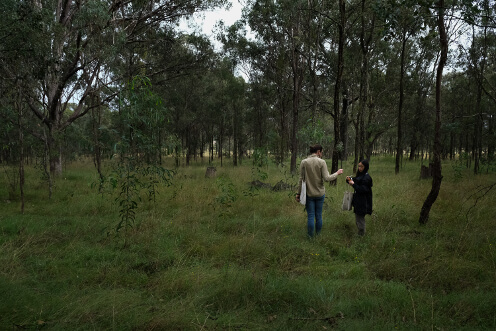
Discover how restoration practitioners can use the Restore and Renew web tools when sourcing material for restoration.
Science advancements
